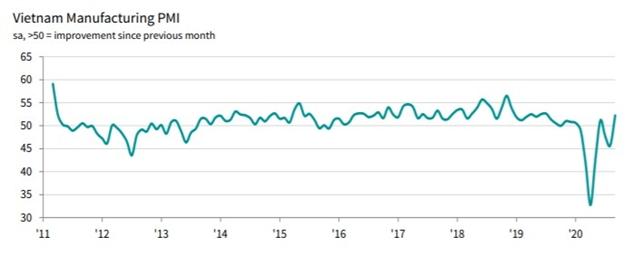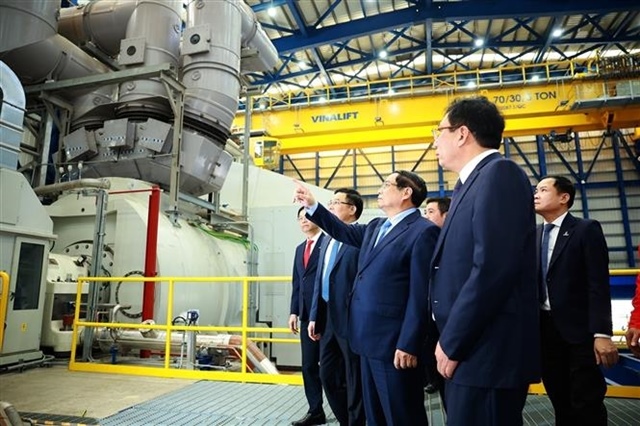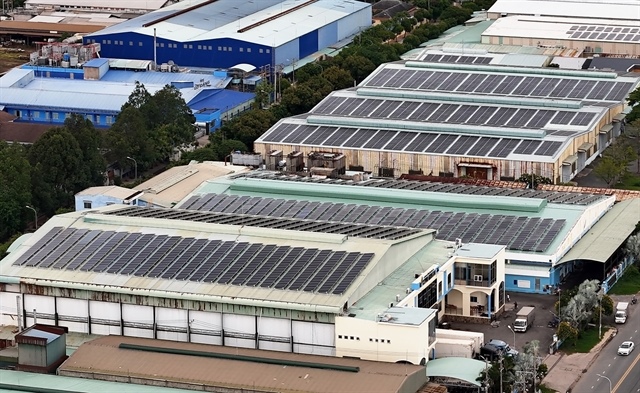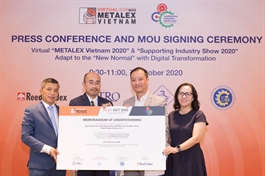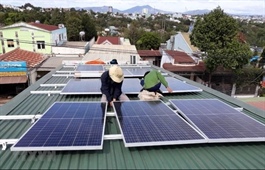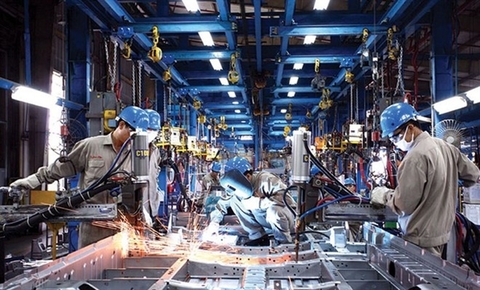Vietnam’s manufacturing PMI back in growth territory in September
Vietnam’s manufacturing PMI back in growth territory in September
The Vietnamese manufacturing sector returned to growth in September as concerns around the outbreak of the coronavirus disease 2019 (COVID-19) in the country eased. Both output and new orders increased, while business confidence strengthened, and the rate of job cuts softened.

Vietnam secured manufacturing PMI growth in September
|
The Vietnam Manufacturing Purchasing Managers’ Index (PMI) rose back above the 50.0 no-change mark in September, posting 52.2 from 45.7 in August. The reading pointed to the first improvement in business conditions for three months and the most marked since July 2019.
Anecdotal evidence suggested that control over the COVID-19 pandemic was a key factor helping to support improvements in operating conditions after increasing case numbers had been seen in the previous survey period.
Reduced case numbers contributed to stronger client demand, leading to a solid increase in new orders. New business from abroad also increased in September, the first time this has been the case since January.
Solid expansion in production was also registered, helped by higher new orders. In fact, the rise in output was the sharpest in 14 months.
Business confidence also improved at the end of the third quarter, rising sharply from August to the highest since July 2019. The projected growth of new orders is expected to lead to increases in output over the coming year but a number of firms mentioned that positive expectations were based on assumptions that the pandemic will remain under control in the country. Rising new orders encouraged manufacturers to expand their purchasing activity for the first time in three months, and at a solid pace. This increase in purchasing contributed to a renewed accumulation of pre-production inventories. Some panellists reported efforts to build reserves.
|
Stocks of finished goods also rose, with the rate of accumulation among the fastest since the survey began in March 2011. Some panellists attributed higher inventories to increased production volumes but others reported that sales had been lower than expected.
While businesses increased their purchasing activity in response to higher new orders, they continued to see staffing levels decrease at the end of the third quarter. In some cases, lower workforce numbers reflected staff resignations.
Employment has now fallen in each of the past eight months, although the latest reduction was the softest in this sequence. Despite lower staffing levels, firms were still able to keep on top of workloads, as evidenced by a further reduction in outstanding business.
The rate of input cost inflation quickened to a 22-month high and was broadly in line with the series average. Panellists often linked higher input prices to supply shortages for raw materials. This was also a factor behind a lengthening of suppliers’ delivery times.
That said, lead times lengthened to the least degree since January. In response to higher input costs, firms raised their selling prices for the first time in eight months. The rate of inflation was only slight, however, amid ongoing competitive pressures.


